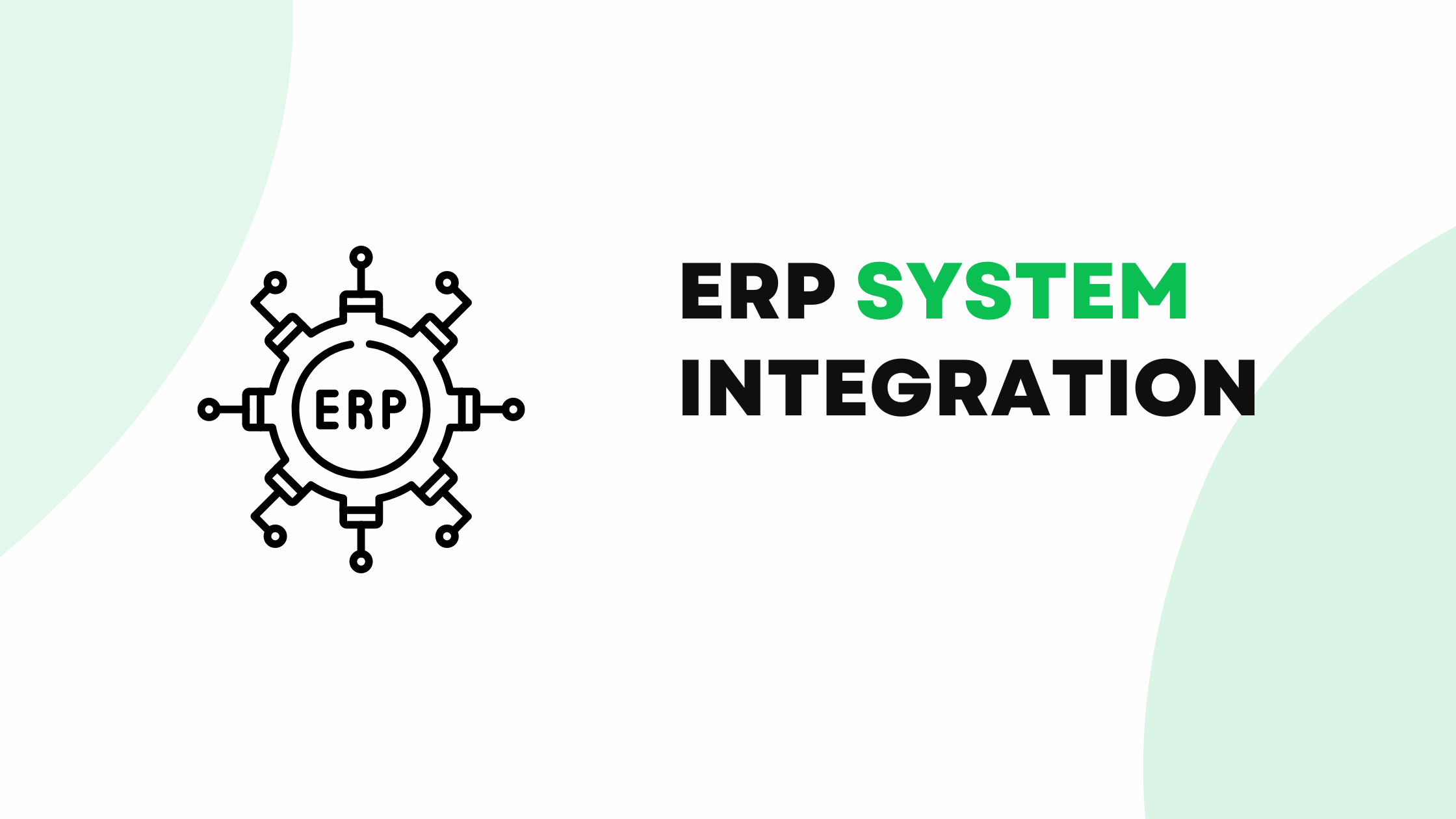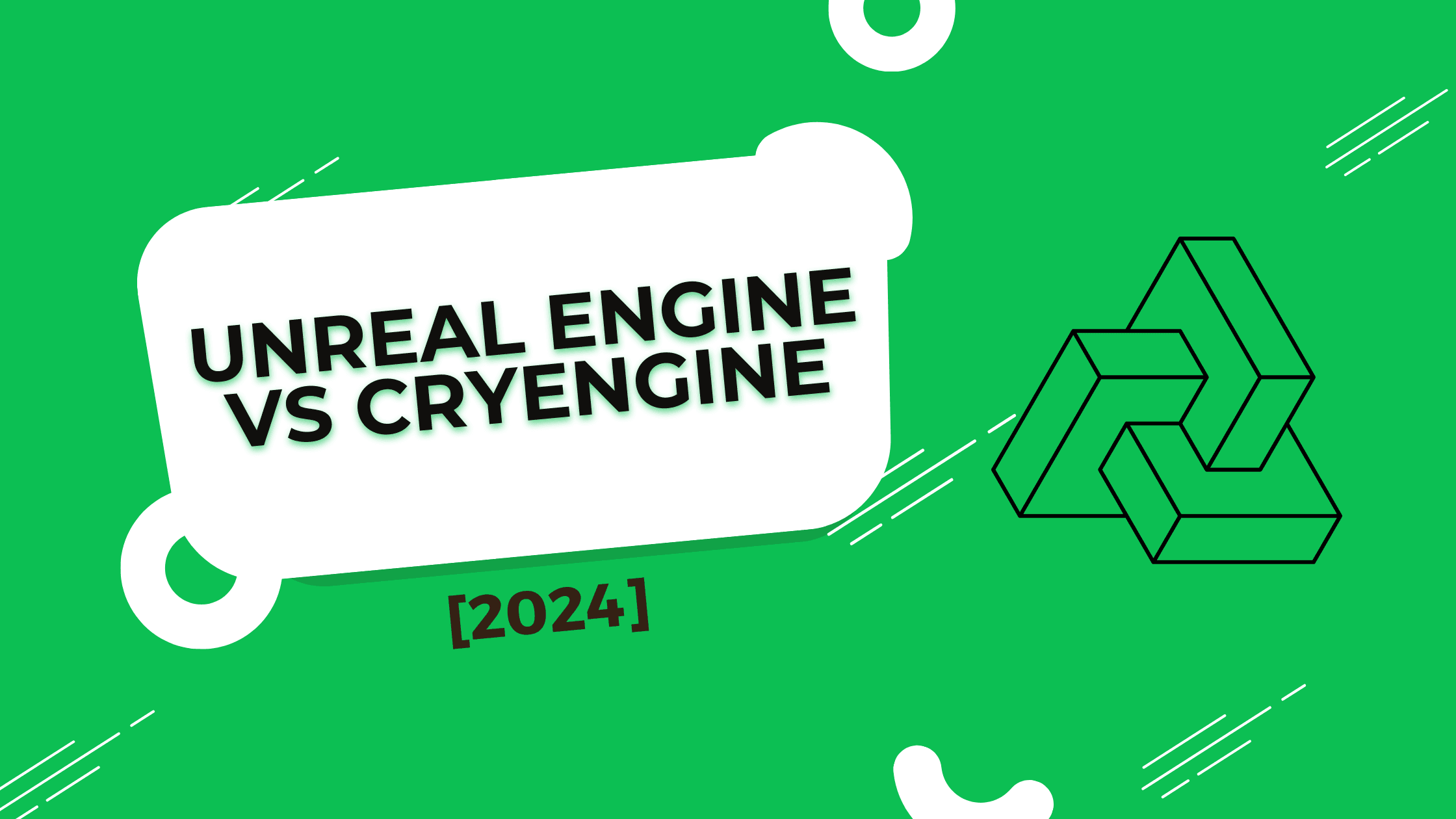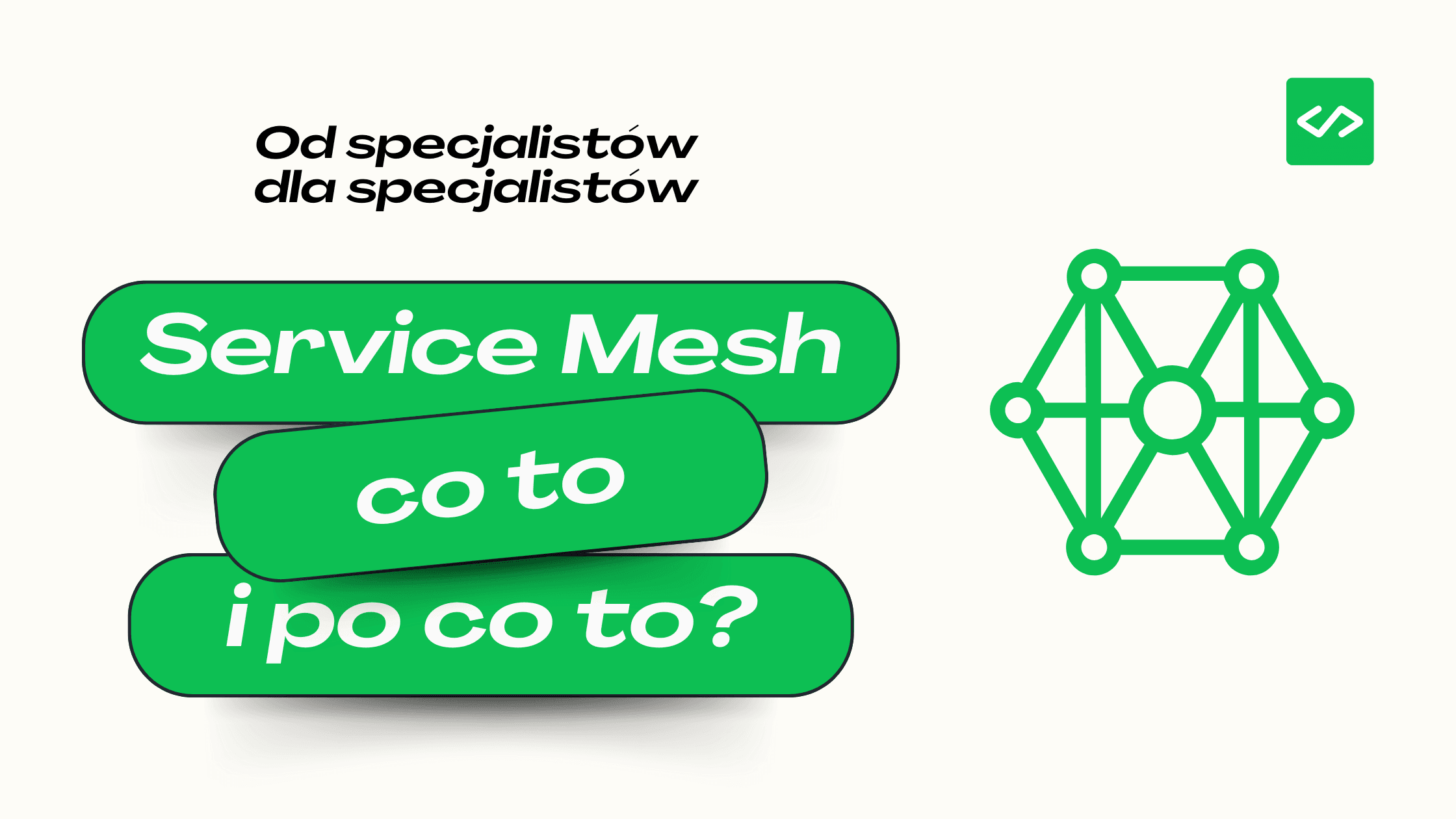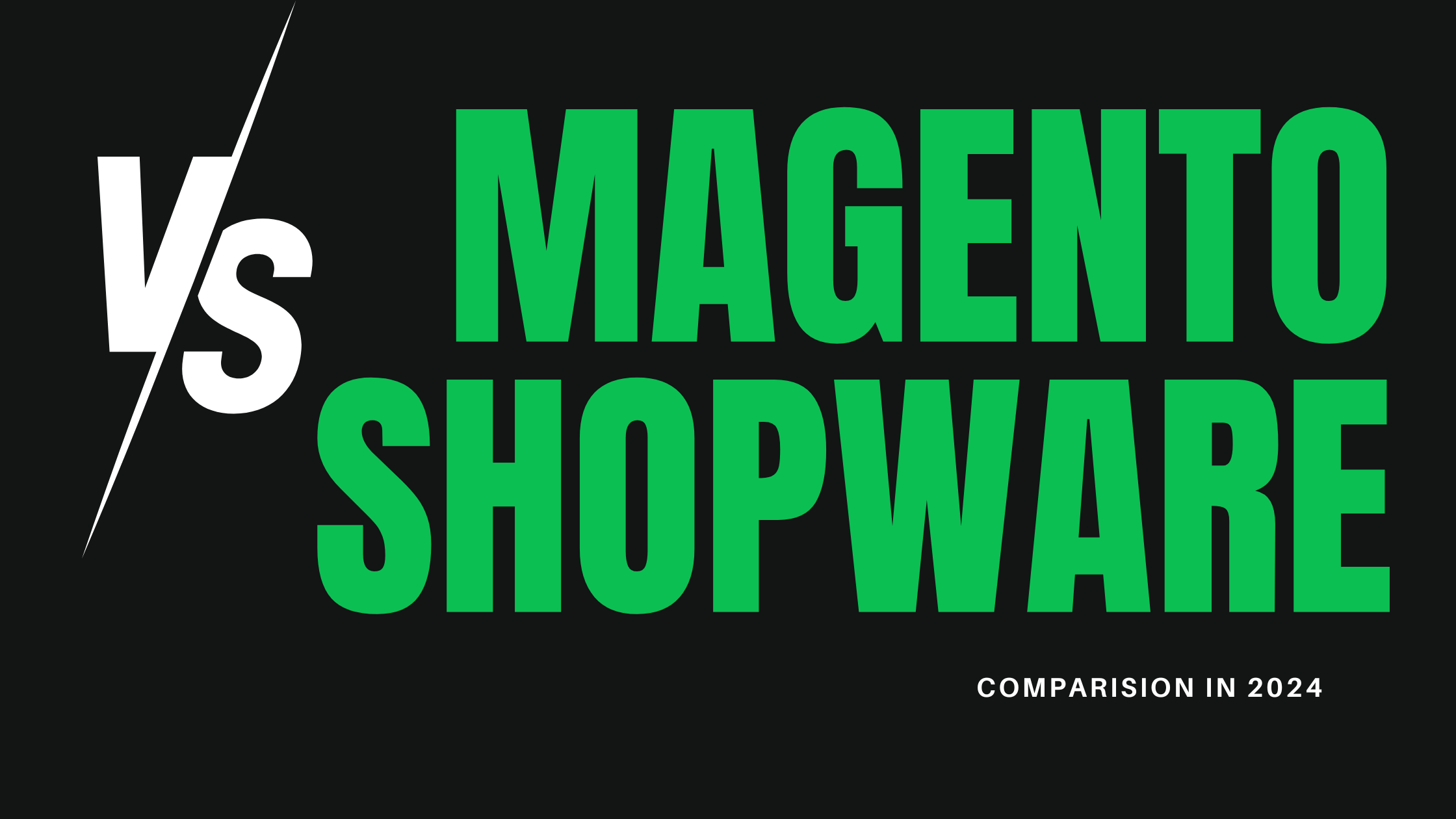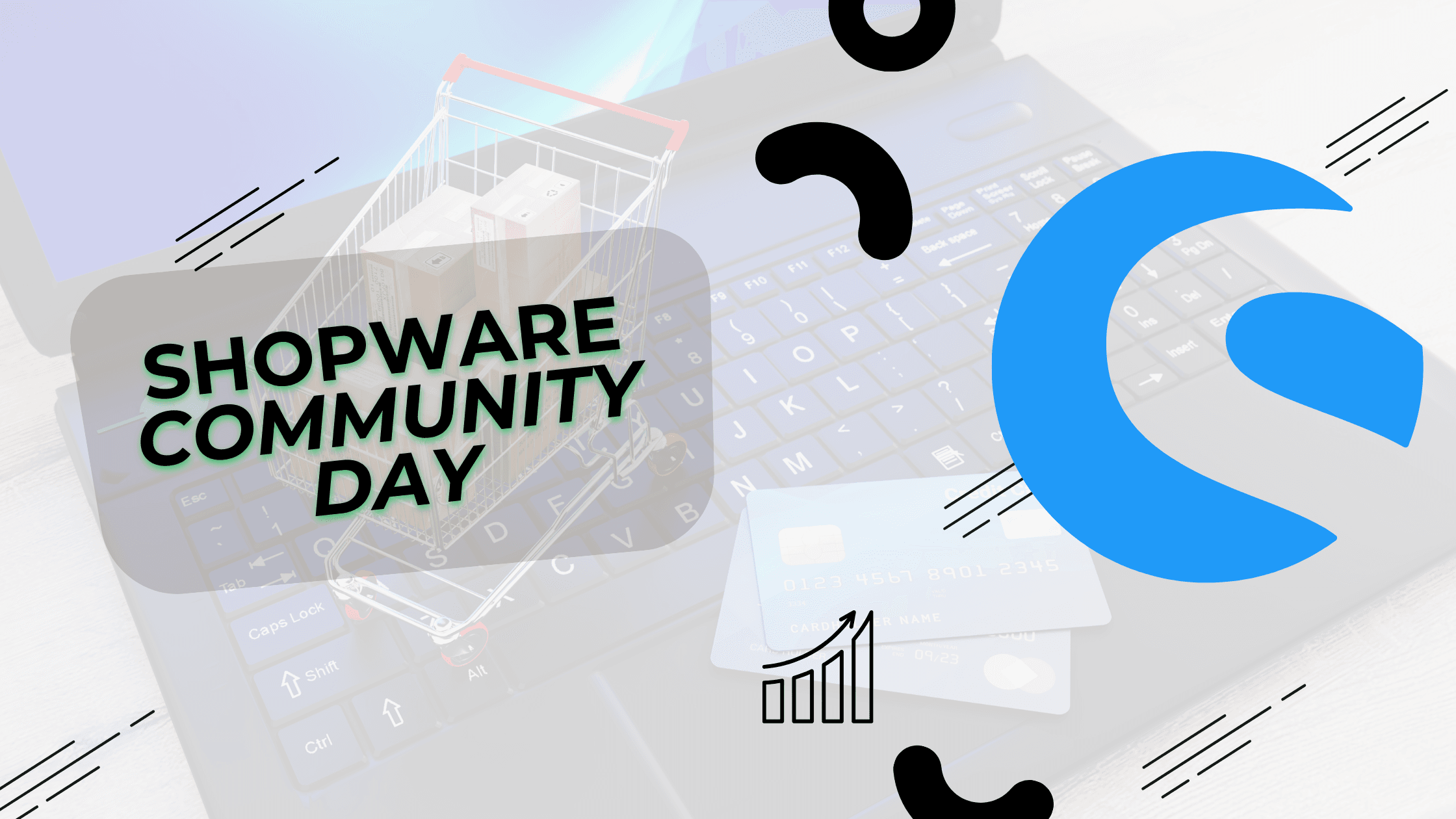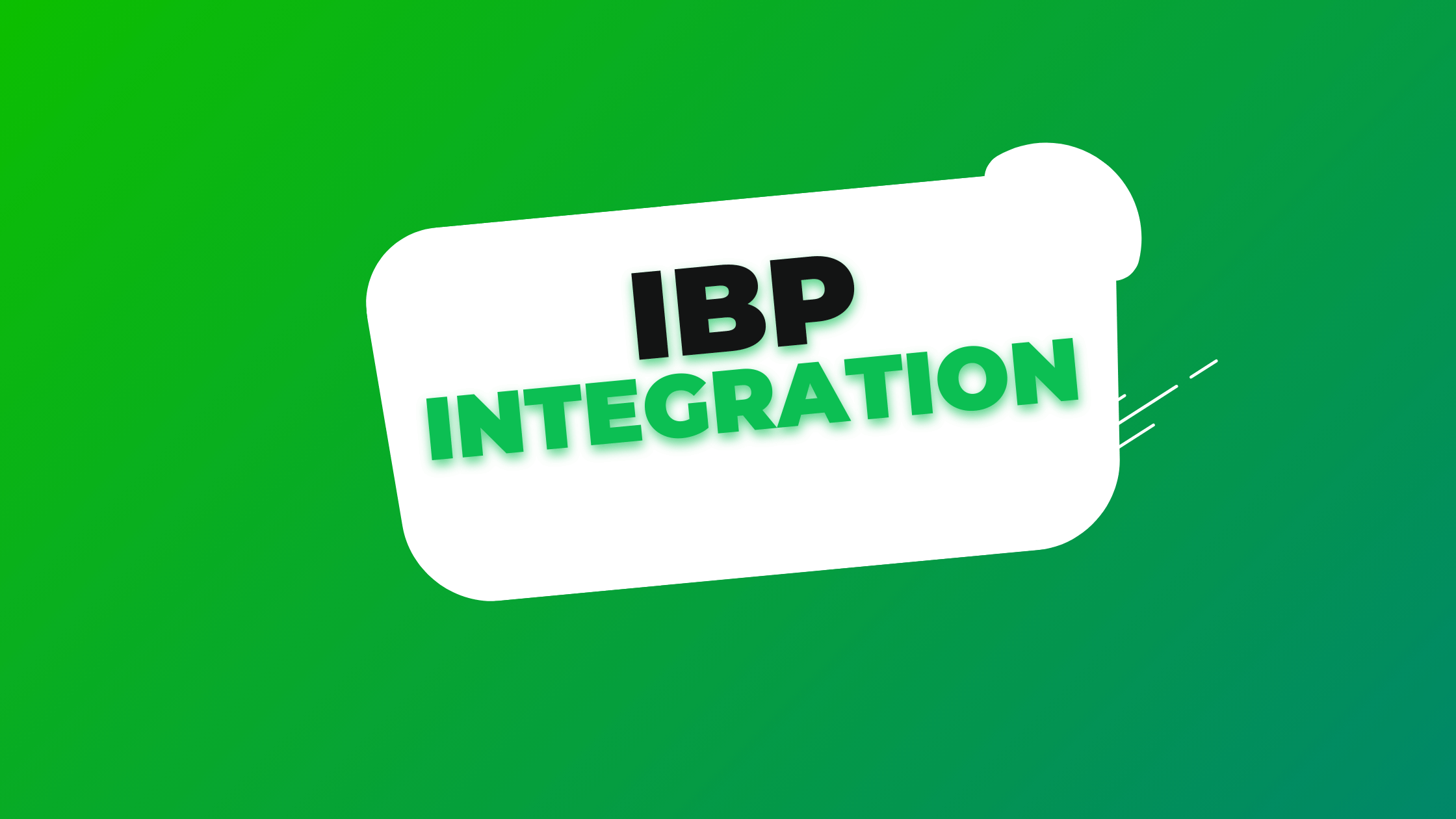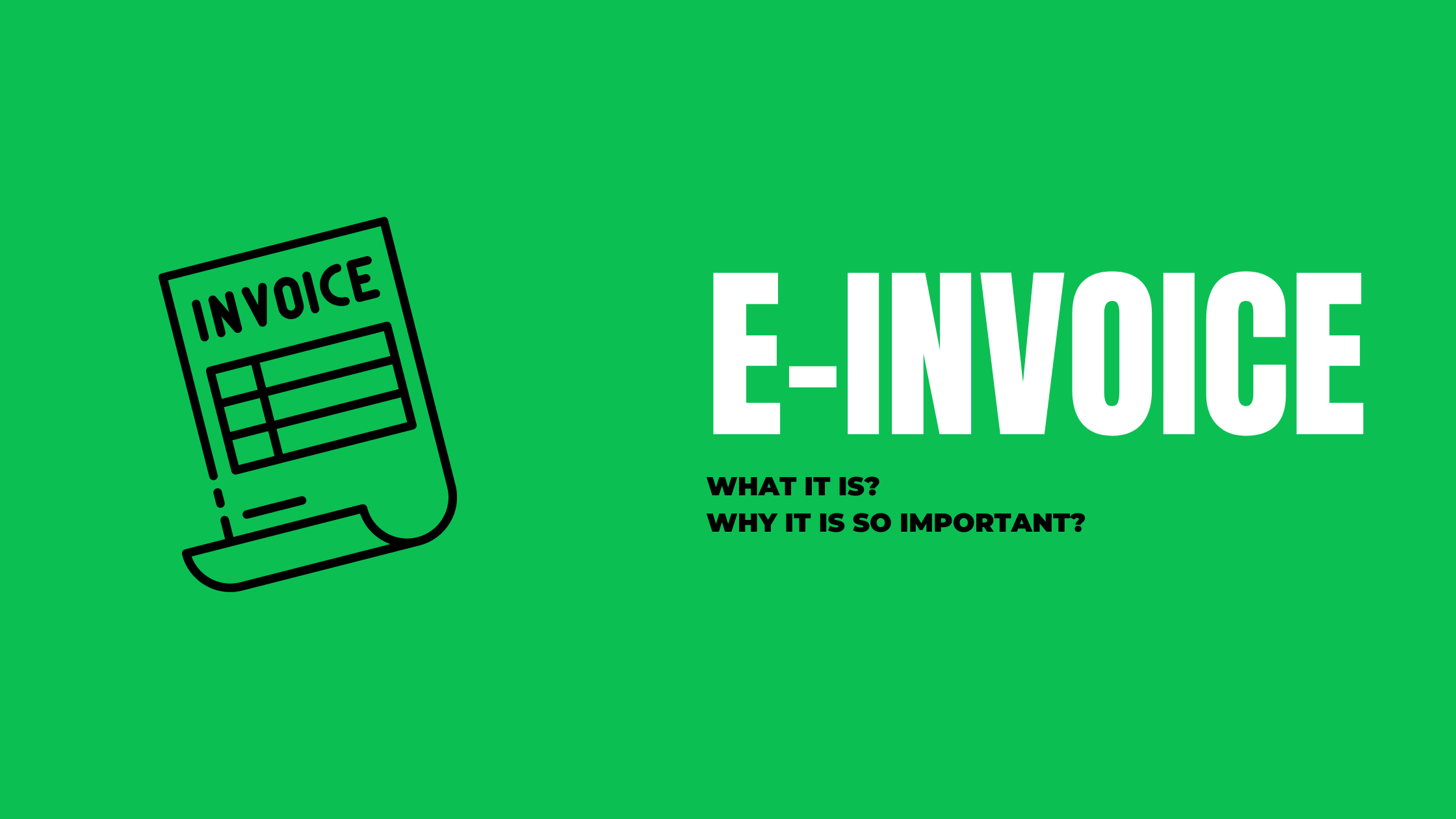What is ERP System Integration? Everything You Need to Know
In today’s fast-paced business world, efficiency and seamless operations are key to success. One of the most powerful tools for achieving this is Enterprise Resource Planning (ERP) software. However, to truly harness the power of an ERP system, integration is crucial. But what exactly is ERP system integration, and why is it so important? This comprehensive guide will explore everything you need to know about ERP integration, its benefits, challenges, and best practices.
Understanding ERP Systems
Before diving into ERP integration, it’s essential to understand what an ERP system is. Enterprise Resource Planning (ERP) is a type of software that organizations use to manage day-to-day business activities such as accounting, procurement, project management, risk management and compliance, and supply chain operations.
A modern ERP system integrates various organizational systems and facilitates the flow of data between them. By collecting an organization’s shared transactional data from multiple sources, ERP systems eliminate data duplication and provide data integrity with a single source of truth.
What is ERP System Integration?
ERP system integration refers to the process of connecting an ERP system with other business applications and systems within an organization. This integration allows for seamless data flow and communication between different software solutions, creating a unified and efficient ecosystem for managing business operations.
ERP integration is the method by which various standalone systems are connected to the ERP, allowing for data to be shared and synchronized across the entire organization. This can include integrating the ERP with customer relationship management (CRM) systems, e-commerce platforms, human resources management systems, and more.
Why is ERP Integration Important?
ERP integration is crucial for several reasons:
- Data Consistency: It ensures that data is consistent across all systems, reducing errors and improving decision-making.
- Efficiency: It automates data transfer between systems, saving time and reducing manual data entry.
- Real-time Information: Integrated systems provide real-time data updates, allowing for more accurate and timely business insights.
- Improved Collaboration: It facilitates better communication and collaboration between different departments.
- Cost Reduction: By streamlining processes and reducing manual work, ERP integration can lead to significant cost savings.
Types of ERP Integrations
There are several types of ERP integrations, each serving different purposes:
1. Point-to-Point Integration
This is a direct integration between two systems. While it can be quick to implement for a small number of integrations, it can become complex and difficult to manage as the number of integrated systems grows.
2. Enterprise Service Bus (ESB)
An ESB acts as a centralized platform for integrating multiple systems. It’s more scalable than point-to-point integration but can be complex to implement and maintain.
3. Integration Platform as a Service (iPaaS)
iPaaS is a cloud-based integration solution that provides a platform for building and deploying integrations. It’s highly scalable and flexible, making it a popular choice for modern businesses.
4. API Integration
API (Application Programming Interface) integration involves using APIs to connect different systems. This method is flexible and can be easier to implement and maintain than some other methods.
Common ERP Integrations
Some of the most common ERP integrations include:
- CRM and ERP Integration: This allows for seamless flow of customer data between sales, marketing, and back-office functions.
- E-commerce and ERP Integration: This synchronizes inventory, order, and customer data between online stores and the ERP system.
- Human Resources and ERP Integration: This ensures employee data is consistent across payroll, time tracking, and other HR functions.
- Supply Chain Management and ERP Integration: This provides real-time visibility into inventory, procurement, and logistics operations.
Benefits of ERP Integration
ERP integration offers numerous benefits to organizations:
- Improved Data Accuracy: By eliminating manual data entry and ensuring data consistency across systems, ERP integration significantly reduces errors.
- Enhanced Efficiency: Automation of data transfer and business processes leads to increased productivity and reduced operational costs.
- Better Decision Making: With access to real-time, integrated data, managers can make more informed decisions.
- Improved Customer Service: Integrated systems provide a 360-degree view of customer interactions, enabling better service.
- Scalability: Integrated systems can more easily adapt to business growth and changing needs.
Challenges of ERP Integration
While the benefits are significant, ERP integration also comes with its challenges:
- Complexity: Integrating multiple systems can be a complex process, requiring careful planning and execution.
- Data Security: Ensuring data security across integrated systems can be challenging.
- Cost: Initial integration costs can be high, especially for complex, large-scale integrations.
- System Compatibility: Not all systems are easily compatible, which can lead to integration difficulties.
- Maintenance: Ongoing maintenance of integrated systems can be time-consuming and costly.
Best Practices for ERP Integration
To ensure successful ERP integration, consider these best practices:
- Plan Thoroughly: Develop a comprehensive integration strategy before beginning the process.
- Choose the Right Integration Method: Select an integration method that best fits your organization’s needs and capabilities.
- Ensure Data Quality: Clean and standardize data before integration to ensure accuracy.
- Prioritize Security: Implement robust security measures to protect data across all integrated systems.
- Test Extensively: Conduct thorough testing before, during, and after integration to ensure everything works as expected.
- Train Users: Provide comprehensive training to ensure users can effectively use the integrated systems.
- Monitor and Maintain: Regularly monitor the integrated systems and perform necessary maintenance to ensure optimal performance.
The Role of Solution Architects in ERP Integration
When it comes to complex ERP integrations, the role of a solution architect is crucial. Solution architects are responsible for designing the overall structure of the integration, ensuring that it aligns with business needs and technical requirements. They play a vital role in selecting the right integration methods, planning the integration process, and overseeing its implementation.
To learn more about the role of solution architects in IT projects like ERP integration, check out our article on Who is a Solution Architect and What is Their Role?
ERP Integration: A Key Service at Codelivery
At Codelivery, we understand the critical importance of ERP integration in today’s business landscape. Our team of experienced solution architects and developers specializes in designing and implementing seamless ERP integrations tailored to each client’s unique needs.
We offer comprehensive ERP integration services, including:
- Assessment of current systems and integration needs
- Design of custom integration solutions
- Implementation of integrations using best-in-class technologies
- Thorough testing and quality assurance
- Ongoing support and maintenance
Our expertise spans various ERP systems and integration methods, ensuring that we can provide the most effective solution for your business. Whether you’re looking to integrate your ERP with a CRM, e-commerce platform, or any other business system, Codelivery has the skills and experience to make it happen.
To learn more about our services and how we can help with your ERP integration needs, visit our website at Codelivery.tech.
The Future of ERP Integration
As technology continues to evolve, so does the landscape of ERP integration. Here are some trends shaping the future of ERP integration:
- Cloud-Based Integration: With the increasing adoption of cloud ERP systems, cloud-based integration solutions are becoming more prevalent.
- AI and Machine Learning: These technologies are being incorporated into ERP systems and integration platforms to provide more intelligent, automated processes.
- IoT Integration: As the Internet of Things (IoT) grows, ERP systems are being integrated with IoT devices to provide real-time data and insights.
- Blockchain: Some organizations are exploring the use of blockchain technology in ERP integrations to enhance security and traceability.
- Low-Code/No-Code Platforms: These platforms are making it easier for non-technical users to create and manage integrations.
Case Study: Successful ERP Integration
To illustrate the power of ERP integration, let’s consider a case study:
A medium-sized manufacturing company was struggling with disconnected systems for inventory management, order processing, and customer relationship management. They decided to implement an ERP system and integrate it with their existing CRM and e-commerce platform.
The integration process involved:
- Selecting a cloud-based ERP system
- Choosing an iPaaS solution for integration
- Mapping data flows between systems
- Implementing and testing integrations
- Training staff on the new integrated system
The results were significant:
- 30% reduction in order processing time
- 25% improvement in inventory accuracy
- 20% increase in customer satisfaction scores
- 15% reduction in operational costs
This case study demonstrates how effective ERP integration can transform business operations and drive significant improvements in efficiency and customer satisfaction.
Conclusion
ERP system integration is a powerful tool for businesses looking to streamline their operations, improve data accuracy, and gain a competitive edge. While it comes with its challenges, the benefits of successful ERP integration far outweigh the difficulties.
As businesses continue to digitize and seek ways to optimize their operations, ERP integration will only grow in importance. By understanding the basics of ERP integration, its benefits, challenges, and best practices, organizations can make informed decisions about their integration strategies and set themselves up for success in an increasingly digital business landscape.
Whether you’re considering implementing an ERP system, looking to integrate your existing ERP with other business systems, or simply want to optimize your current setup, it’s crucial to work with experienced professionals who understand the complexities of ERP integration.
At Codelivery, we’re committed to helping businesses navigate the world of ERP integration and unlock the full potential of their systems. Our team of experts is ready to guide you through every step of the integration process, from initial planning to implementation and ongoing support.
For more insights into the world of software development and to learn about top software development companies in Poland, check out our article on Top Software Development Companies in Poland.
Remember, successful ERP integration is not just about connecting systems – it’s about transforming your business operations and positioning your organization for future growth and success. With the right approach and expert support, you can harness the power of ERP integration to drive your business forward in today’s competitive marketplace.
